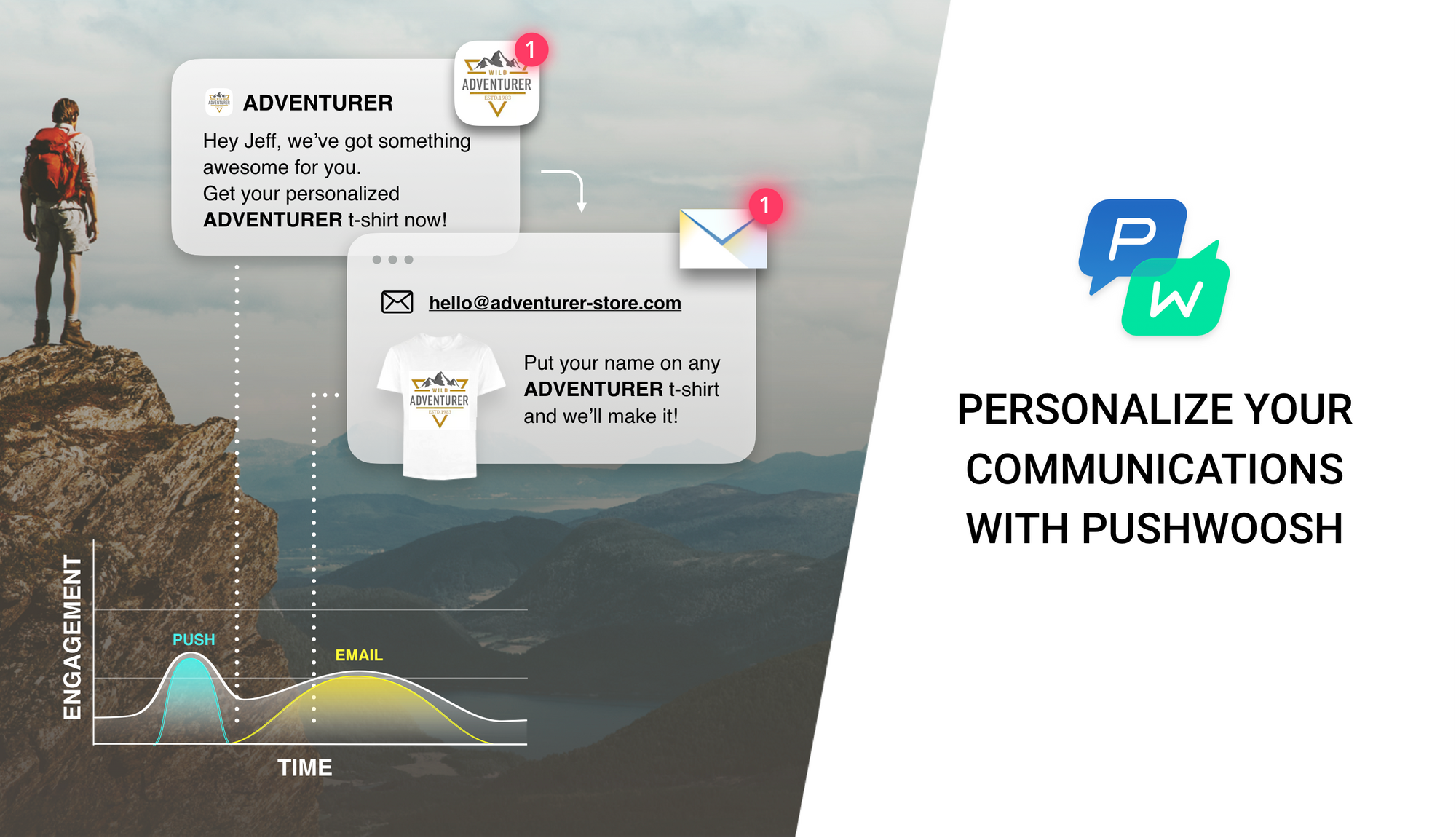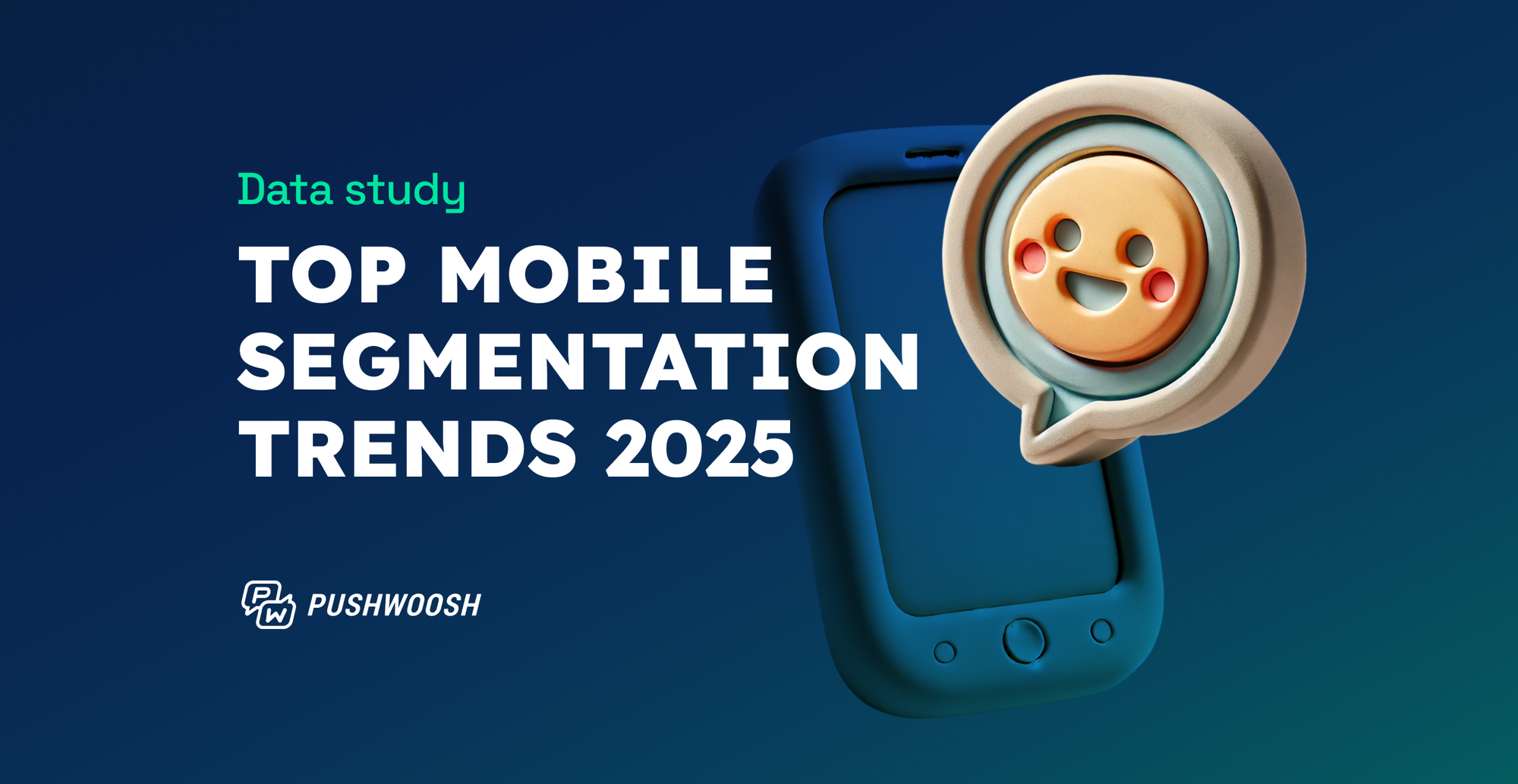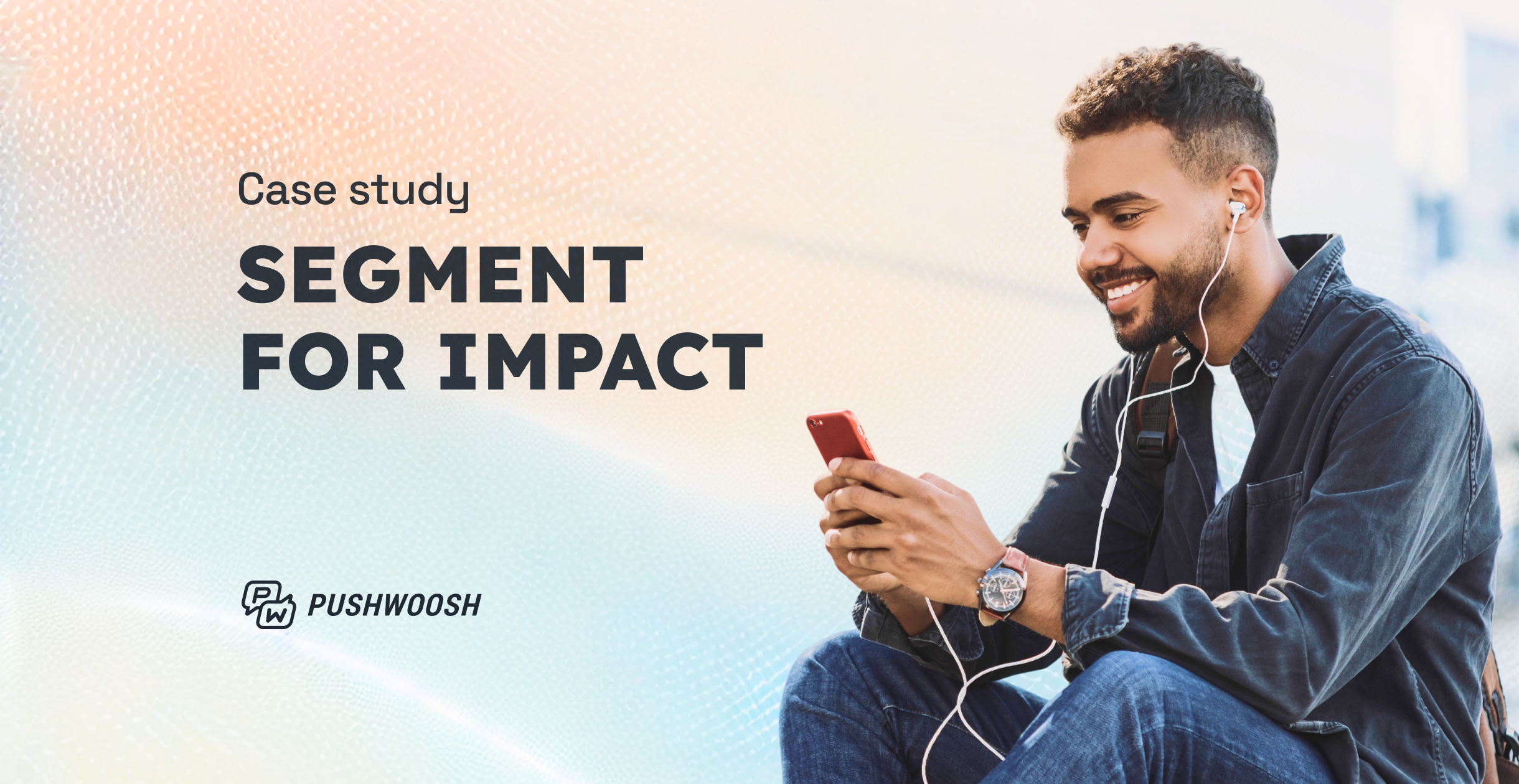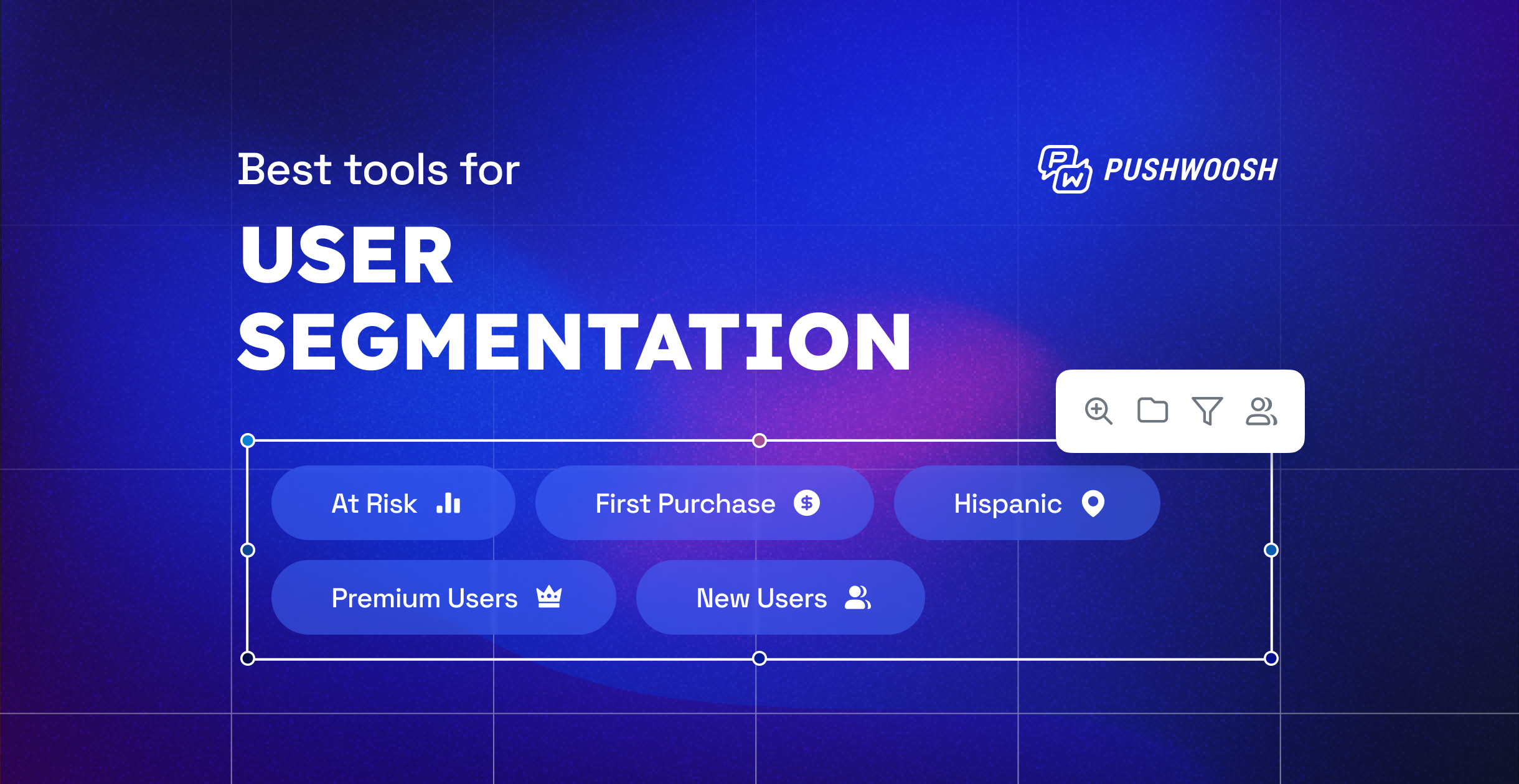Personalized Communications Drive Conversions and Revenue Growth
Did you know that only 8% of people would be encouraged to engage with a brand if it addressed them by their first name? Meanwhile 78% of marketers only use first name personalization to customize messages. However, personalization is not limited to that, there are many ways to make your messages more human and relevant.
Even though personalization has been a top priority for marketers for some time, the majority of them seems to have trouble implementing personalization in an intelligent and scalable way. Studies show that the majority of brands are still relying on basic forms of personalization, failing to engage increasingly demanding consumers.
Customers want relevance
Studies show that that basic personalization fails to engage consumers in any real way. Just 8% of survey respondents said that they would be encouraged to engage with a retail brand if they addressed them by their first name. Similarly, only 7% said they would be likely to engage with a birthday email.
Segment’s State of Personalization Report highlights that just 22% of shoppers are satisfied with the level of personalization they currently receive, meaning a larger number of brands are failing to create experiences that actually inspire consumers to make a purchase. People are getting spammed with irrelevant promotions, there are simply too many offers to consider. That’s why a modern customer understands the value of personalized offers that can save their time and improve the overall customer experience.
Interestingly, research from Salesforce (a survey of more than 7,000 consumers) found that 57% of consumers are willing to share personal data in exchange for personalized offers or discounts.
Similarly, 52% of consumers would share personal data in exchange for product recommendations, and 53% would do the same for personalized shopping experiences.
Sometimes, this desire for personalization even turns into expectation. Salesforce found 62% of consumers expect companies to send personalized offers or discounts based on items they’ve already purchased.
Meanwhile, a Deloitte study found that people not only just want personalized communication, but also products and services that are tailored to them. 36% of consumers expressed an interest in purchasing personalized products or services, while 48% said they’d be willing to wait longer in order to receive it.
Personalization generates uplift across all channels
Whether you use emails, push notifications, in-apps, messengers or all at once, you can benefit from personalization.
Again, despite recognition that personalized email content is an effective tactic, Econsultancy’s CRO report indicates that many marketers still settle for basic implementation. 78% of respondents say they only use first name personalization to customize messages.
Meanwhile, over half of marketers are still not using personalized product recommendations in their emails, despite these tactics having the greatest potential to drive business goals.
Did you know that organizations using email personalization generate 17% more revenue through their campaigns than the average marketer?
Personalization drives impulse and repeat purchases
44% of consumers say that they will likely become repeat buyers after a personalized shopping experience. 49% say they have purchased a product that they did not initially intend to buy after receiving a personalized recommendation from a brand. What’s more, 40% of consumers say they have purchased something more expensive than they originally planned because their experience was personalized.
Personalization with the help of Pushwoosh Segmentation
By segmenting your customers based on various criteria (or tags), you can deliver highly relevant and personal messages and move customers down the sales funnel much faster. Let’s take a look at how personalization works at different stages:
1. Visitor acquisition campaign
Personalization based on user behavior:
Let’s imagine Jeff visits your website often, looking through the sports equipment catalog. Jeff recently installed your mobile app, though he doesn’t use it much.
Segmentation options — you can assign some Tags to Jeff, based on:
- Website visits frequency
- Preferences
- App install date
What you can do: help Jeff see how convenient your app is! Run a targeted cross-channel campaign (Push + In-App Message):
Message Jeff about app’s ABCs and how to apply filters to find anything he needs. Don’t forget to address him by his name!
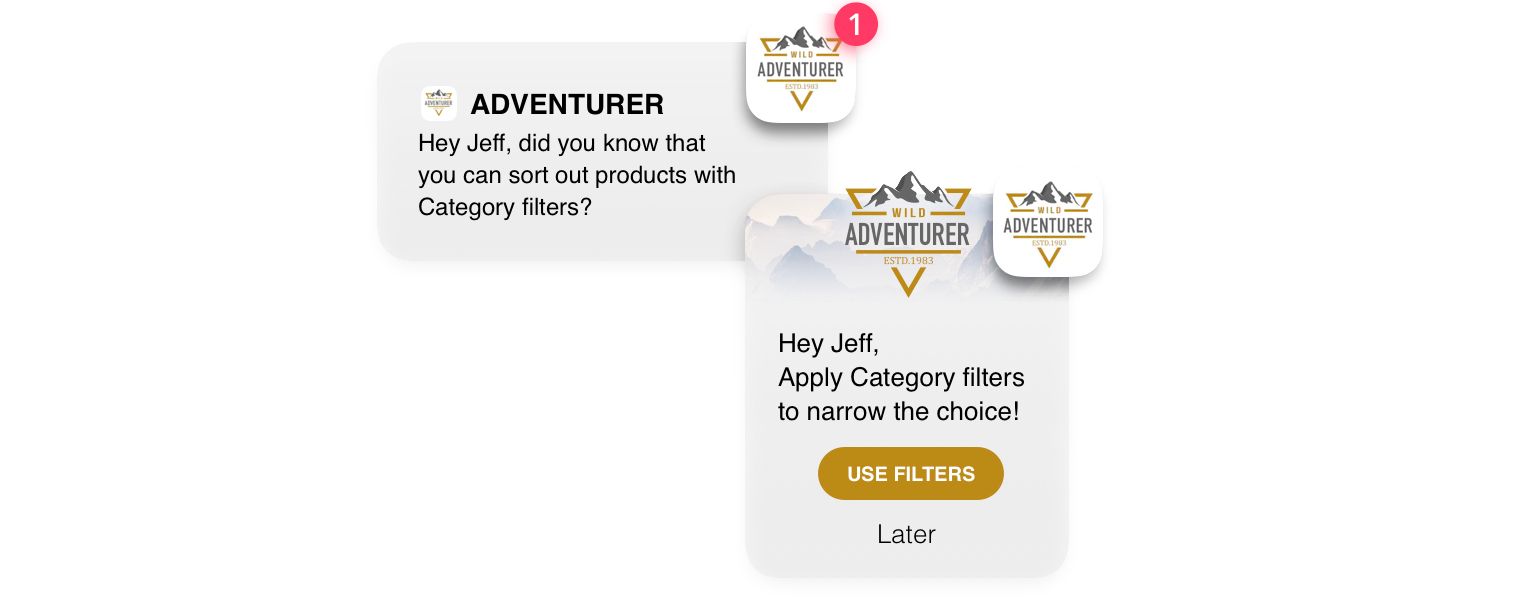
2. First purchase
Jeff went through the onboarding campaign. He added climbing shoes to his cart, and they’re sitting there for ages. Besides, there is a pick-up point near Jeff’s place.
Segmentation options (tags you can give Jeff at this point):
- Uncompleted first purchase
- App install date
- Preferences
What you can do: Prompt Jeff to complete a purchase and map a route to the pick-up point. Run a targeted cross-channel campaign (Push + In-App + Email).
Let Jeff know about the nearest pick-up point to get his order delivered to.
Tip*:* Use geotags to make location comprehensible.

3. Repeat purchases
Jeff has recently bought climbing shoes in your e-commerce app. He received his order and still visits the website from time to time.
Additional tags you can give Jeff at this point:
- First purchase date
- Last purchase date
- Purchased items
What you can do: run a targeted campaign (Push + Inbox + Email):
Make sure Jeff has full equipment for his next hill climbing. Offer him a discount on the next purchase in the same product category.
Tip*:*Offer complementary and related products to increase average order value.
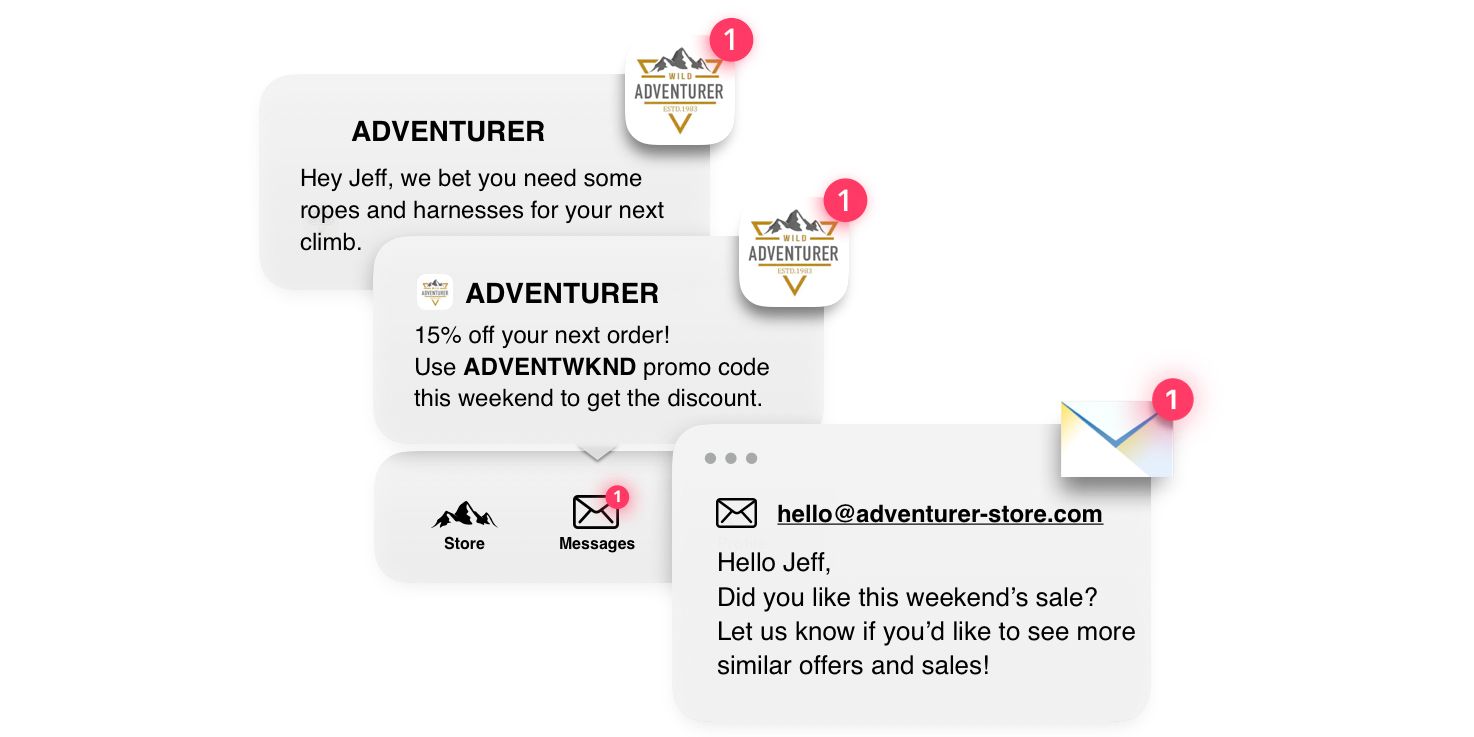
4. Loyal customer
Jeff is a standing website visitor and an active app user. But his average purchase still doesn’t exceed $50.
Tags you can give Jeff now:
- Last app open date
- Average spend per month
What you can do: make Jeff’s loyalty even stronger with special loyalty programs for repeat customers. Run a cross-channel campaign (Push + Email).
Tip: Keep Jeff posted on special offers with a subscription for loyalty program updates.
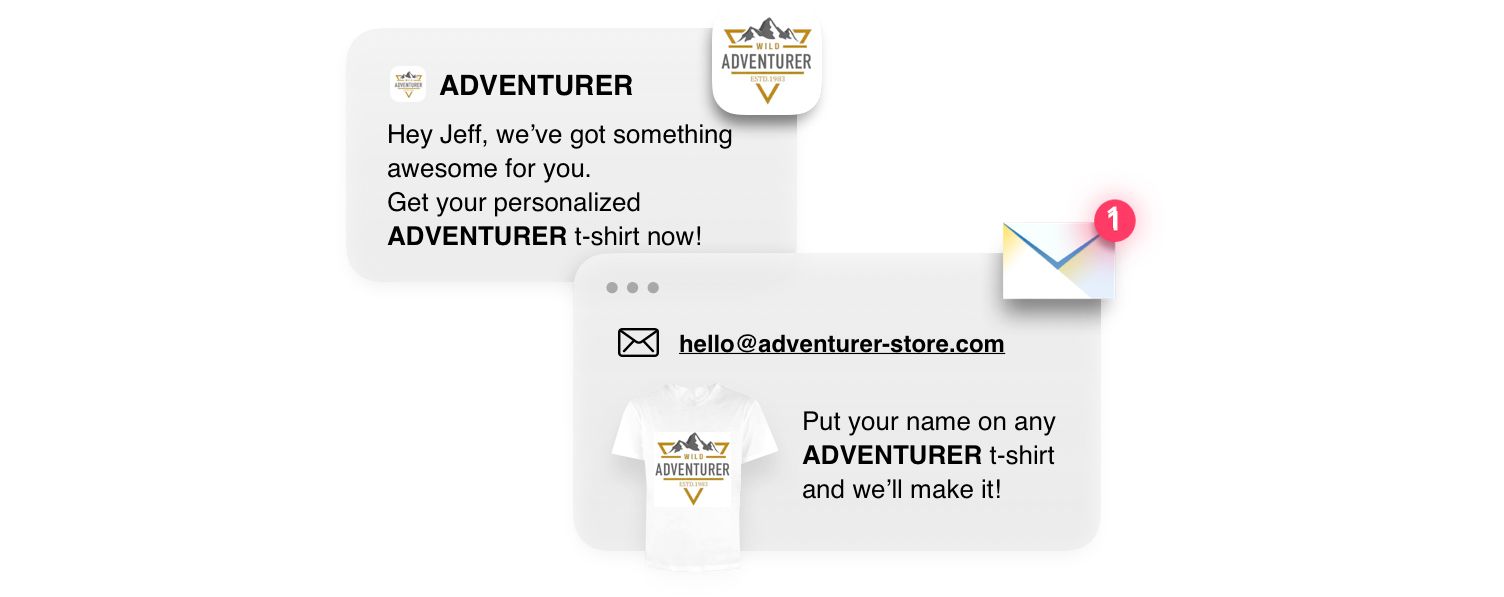
As you can see, segmentation based on tags creates endless opportunities for making your messages way more personal and relevant.
Request a free demo now to find out how Pushwoosh segmentation tools can help to personalize your company’s communications and boost business growth. See for yourself — start using Pushwoosh for free today!

